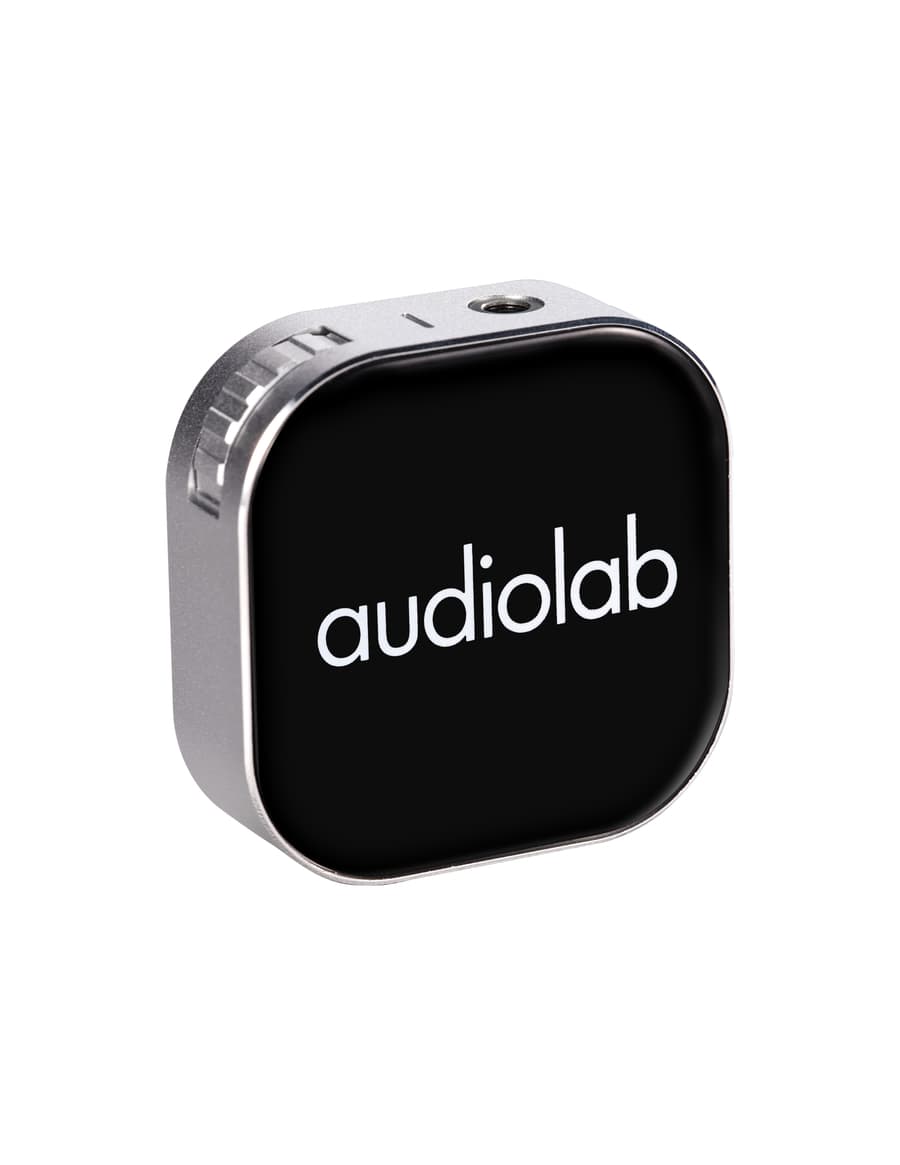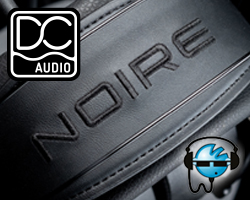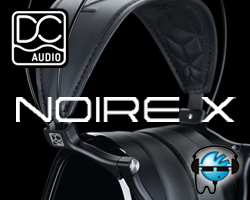Audiolab launches the premium version of the M-DAC this month. The new M-DAC+ will sell alongside the classic M-DAC, sporting a number of enhancements both inside and out in return for an additional £200.
Like the M-DAC, the new M-DAC+ is a high-performance, multipurpose audio DAC (Digital-to-Analogue Converter) for home use, designed to sit on a desk or table, or integrate into a hi-fi system. It incorporates an audiophile-quality digital preamp and Class A output stage for connection to a power amp and speakers (the output can be fixed for use with an existing preamp or integrated amp). A high-quality headphone output is also provided.
The new M-DAC+ is based firmly on the classic M-DAC, with carefully targeted improvements in key areas – a logical move, given the original model’s sustained popularity over the last four years. Like the M-DAC, the M-DAC+ is built around the ESS Sabre32 9018, a 32-bit DAC chipset. There’s a proprietary, discrete master clock to minimise jitter, coupled with extensive time domain isolation and there’s a A JFET Class A output stage.
Compared to the classic M-DAC, the most immediately obvious change is to the aluminium case and control scheme. The M-DAC+ features a new chassis, with the OLED display window now centrally positioned and rounded at the sides, in keeping with Audiolab’s recently launched 8300 Series components. The display is flanked by two rotary controls, one to adjust volume and the other to select settings, replacing the buttons found on the classic M-DAC.
Under the hood lie a number of performance-related enhancements. The M-DAC+ now processes audio data up to 32-bit/384kHz via USB; this is a far higher specification than that required by current hi-res music formats, ensuring this new addition to the M-DAC family is fully equipped for future advances in ultra-high-definition digital sound.
The USB input now also supports DSD files (the digital audio system originally developed for Super Audio CD), offering compatibility with DSD64, DSD128 and DSD256. This is a significant addition, as DSD has an important role to play in the developing high-resolution downloading and streaming scene.
Like the classic M-DAC, the M-DAC+ features user-selectable filters for optimal listening and measurement modes, in addition to more conventional types for easy comparison.
These filter settings allow the user to tune performance to suit his or her preference, depending on system configuration, digital file quality and musical taste. The M-DAC+ inherits seven filter settings from the M-DAC for PCM files and adds four more for DSD playback, allowing the user to optimise the noise floor to suit the performance of the source file and the bandwidth of associated equipment such as amps and speakers.
Another important change relates to the power supply, which has been upgraded and is now fully incorporated within the M-DAC+’s chassis (hence its slightly taller and deeper case compared to the classic M-DAC). A precision-wound toroidal transformer uses multiple windings to feed separate analogue and digital rectification stages. From there, multiple power supply sections feed the necessary voltages to each area of the DAC, keeping any crossover interference to a minimum.
Around the back, digital input options have been expanded with an AES/EBU socket and an additional USB Type A input – ideal for connecting Apple devices – alongside the existing USB Type B connection. These join a full complement of inputs/outputs retained from the classic M-DAC: 2x coaxial digital inputs; 2x optical digital inputs; 1x coaxial digital output; 1x optical digital output; single-ended RCA and balanced XLR analogue outputs; 12V trigger loop.
The Audiolab M-DAC+ comes with a redesigned remote control and is available in black or silver from late-January 2016, at an RRP of £799.95. The classic M-DAC continues at £599.95.

















































































































































































You must be logged in to leave a reply.